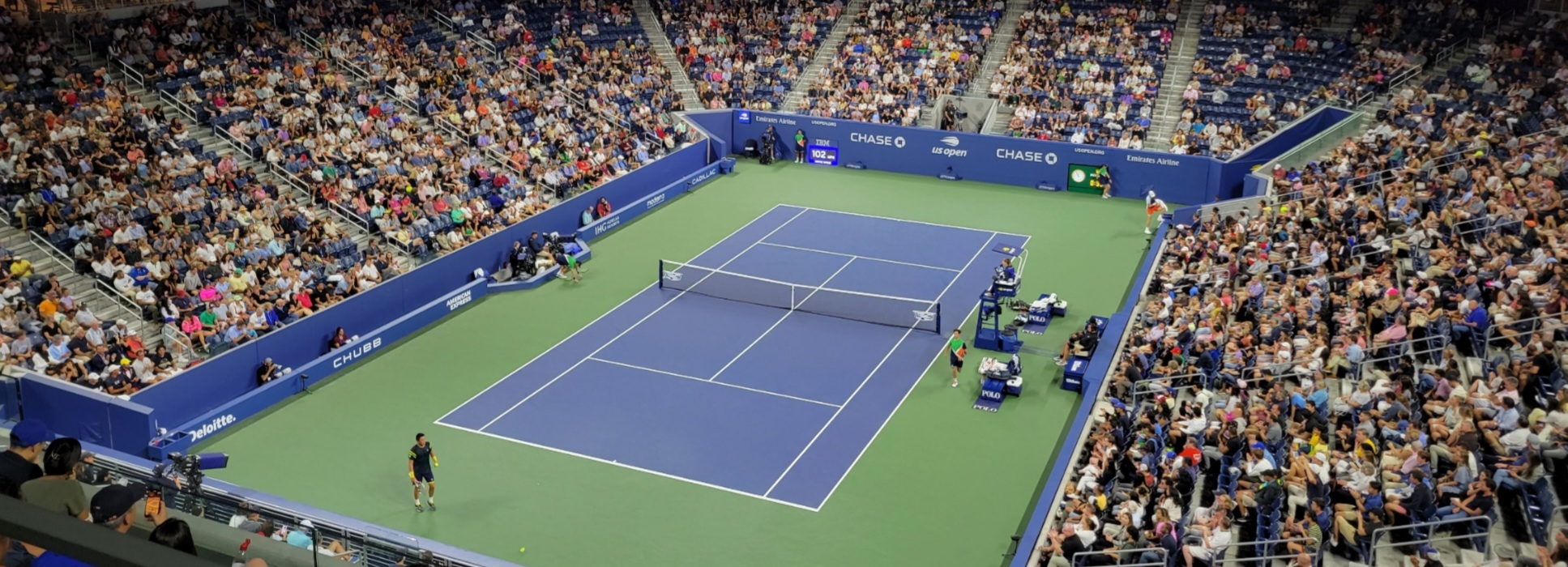Coach Anton Dubrov says the days of Aryna Sabalenka not believing she can do well on clay are long gone and therefore he wouldn’t draw any similarities between the Belarusian and the iconic comment Maria Sharapova made about playing on the slowest tennis surface.
After winning her first Grand Slam title as a 17-year-old girl at 2004 Wimbledon, the former Russian tennis star also landed her first US Open trophy in 2006. But while the now 37-year-old quickly established herself as a superstar and a big-time player, she just wasn’t managing to make a breakthrough at Roland Garros in her first couple of appearances.
“I feel like a cow on ice. Especially on clay. I don’t play on clay for the other 10 months of the year. It’s not as natural for me,” Sharapova said in 2007 following her second-round win at Roland Garros over Jill Craybas.
When it comes to Sabalenka, she is a four-time Slam finalist – a three-time winner – has two Australian Open and one US Open trophy in her collection. While the Belarusian has probably been the best player on hard over the last two years, she has yet to make a French Open final.
After not making it past the third round in any of her five main draw appearances in Paris, the 26-year-old reached the semifinal last year before exiting in this year’s quarterfinal. Also, Sabalenka has 16 titles in her collection but her first titles on clay were only back-to-back victories that came at the Madrid Open in 2021 and 2023.
Now, a Russian outlet asked her long-time coach if they could relate to Sharapova’s comment.
“I think this complex disappeared a long time ago. We discussed it with her. Now on clay she has a clearer understanding of what and how to do to win. It takes more legs, but creates more pauses. You are in an eternal balance: find where to use a pause, and where to take your time, since the situation is difficult. I see that she has started to move better on clay. But she can do [even] better. And next year we will focus on this. However, winning Wimbledon is still more prestigious,” Dubrov told Championat.
Aryna Sabalenka and Anton Dubrov© Anton Dubrov/Instagram – Fair Use
Can Sabalenka pull of a Sharapova?
The Russian tennis icon’s case is one of the most fascinating. As mentioned above, she became a very strong force on faster courts very early in her career and she didn’t hide that she didn’t like playing on clay at all.
But when her career finished, the French Open ended up being her most successful tournament – she won the Parisian Slam twice and finished with one victory in each of the other three Majors. Those two triumphs at Roland Garros came in 2012 and 2014 and were her last two Slam wins.
So far, Sabalenka has managed to win twice the WTA 1000 tournament in Madrid – which has probably the fastest clay on the Tour.
Aryna Sabalenka© Aryna Sabalenka/Instagram – Fair Use
Knowing the three-time Slam champion’s mindset, she always goes to the French Open with the only goal being winning it. But Iga Swiatek has been absolutely dominant there, winning the last three tournament editions.
Dubrov reveals the big issue that hampered Sabalenka during this year’s French Open loss
After the Belarusian and Swiatek met in this year’s Madrid and Rome finals, the expectation was that they would also meet in the French Open final. The Pole did make the final but her biggest rival didn’t after Mirra Andreeva upset the world No. 2 6-7 (5) 6-4 6-4.
Now, coach Dubrov reveals that the 26-year-old suffered from food poisoning just before the match and didn’t feel well at all.
“She got food poisoning the day before in a restaurant. And by the end of the match with Navarro, she felt ill. After the match, we arrived at the hotel, and she had a cold shiver: she was lying in bed and had a fever. After that, we only had a light workout, but before the match with Mirra, it was sad: 20-30 minutes of warming up, and then there was no strength. If your stomach is beating, it’s beating you hard,” he explained.
“And literally after a couple of games, she said that she had no strength. She didn’t eat anything, everything hurt. If you look at the match, you can see that the person playing is not 100% ready. And on the other hand, there’s Mirra, who did everything right: she fought, didn’t give us an easy life. After that, we draw conclusions about nutrition and that we need to be more careful: look for more proven places. Because it was extremely offensive.”
While Sabalenka didn’t win any clay titles this year, finishing as runner-up in the WTA 1000 tournaments in Madrid and Rome was definitely proof that she can play extremely well even on the slowest surface.
